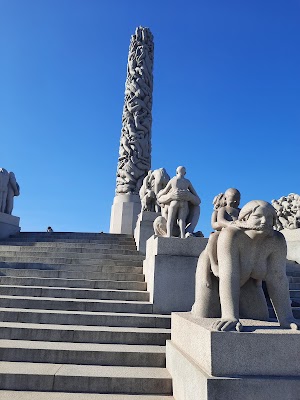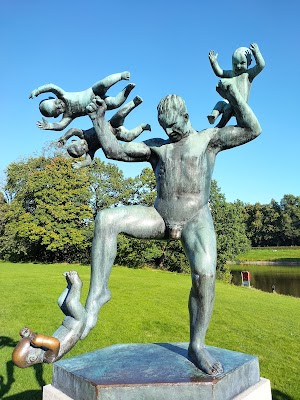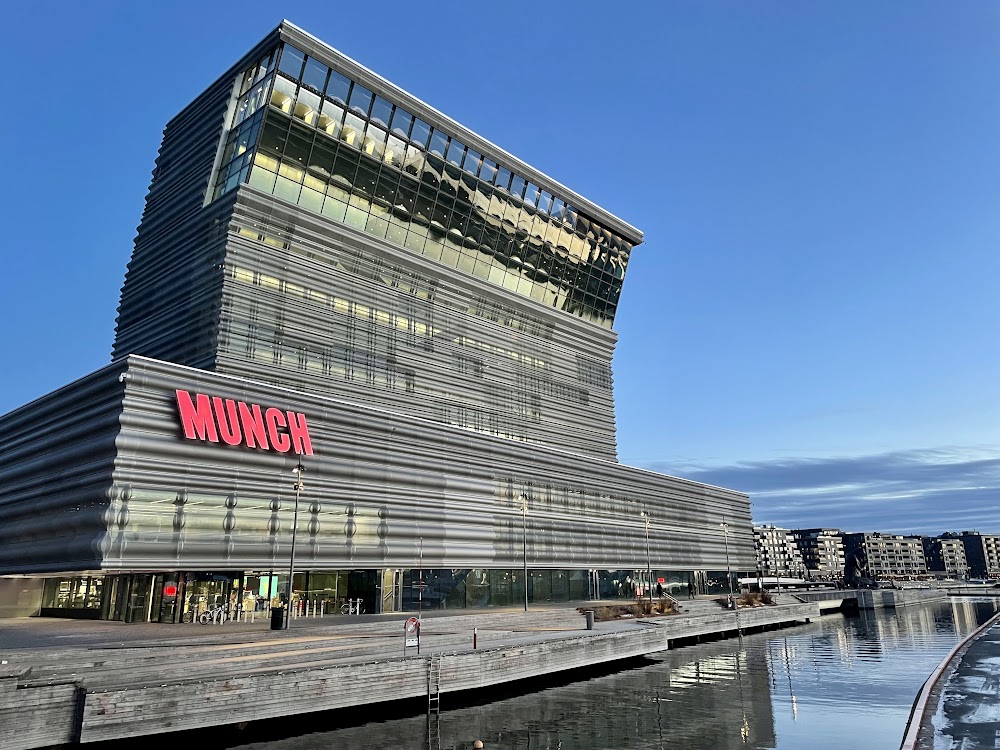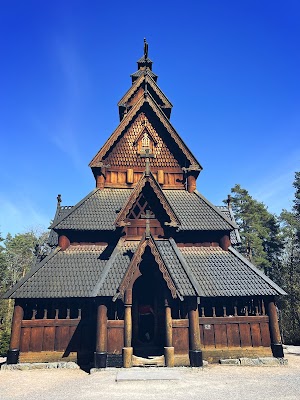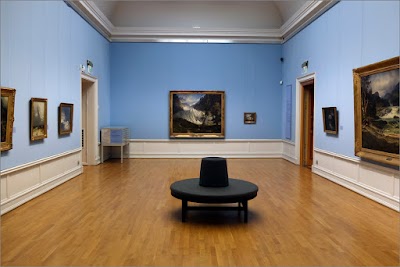Vigeland Park (Vigelandsparken)
Overview
Vigeland Park: An Artistic Oasis in Oslo
Nestled in the heart of Oslo, Norway, Vigeland Park is a world-renowned cultural and artistic landmark that draws millions of visitors each year. Spanning an impressive 80 acres, it holds the distinction of being the largest sculpture park globally dedicated to a single artist, showcasing over 200 remarkable sculptures by the prolific Norwegian sculptor, Gustav Vigeland. This park offers a unique insight into the human experience through art, making it an essential stop for tourists exploring Oslo.
A Rich History
The story of Vigeland Park dates back to the early 20th century when Gustav Vigeland entered into a pivotal agreement with the City of Oslo in 1921. In this arrangement, he generously donated his entire collection of works, future creations, and designs for an artist's studio and apartment to the city. In exchange, Oslo provided him with the space and resources to bring his artistic vision to life. Vigeland devoted himself to sculpting and meticulously planning the park until his death in 1943, and it was officially completed and opened to the public in 1949, six years after his passing.
Thematic Unity and Artistic Journey
One of the most captivating features of Vigeland Park is its thematic unity. The park revolves around universal themes of life — from birth to death — emphasizing human relationships and emotions. Visitors meander along an 850-meter-long axis that comprises five main sections: the Main Gate, the Bridge, the Fountain, the Monolith Plateau, and the Wheel of Life. Each section presents its unique artistic and emotional experience.
As visitors pass through the ornate Main Gate, they are welcomed by intricate wrought ironwork, setting the tone for the artistic journey ahead. Moving onward, they reach the Bridge, which gracefully spans a tranquil pond and is adorned with 58 bronze sculptures that portray an array of human activities and interactions. Among the most iconic sculptures on the Bridge is “Sinnataggen,” or the Angry Boy, whose raw emotional expression has become a symbol of the park.
A Journey Through Life's Cycles
As visitors continue, they arrive at the Fountain, located in a grand circular plaza. Surrounded by an ensemble of 20 bronze sculptures and reliefs depicting the cycle of life — from childhood to old age — the Fountain's flowing water symbolizes the eternal passage of life, connecting the past, present, and future in a continuous cycle.
Ascending to the Monolith Plateau, guests encounter the park’s centerpiece, the Monolith. This towering granite structure, rising 14 meters high, is carved from a single block of stone and features 121 intertwined human figures striving toward the sky. This awe-inspiring sight encapsulates the human struggle and aspiration for higher existential understanding, and its creation spanned an impressive 14 years, marking it as one of Norway’s most significant artistic achievements.
At the end of the axis, visitors discover the Wheel of Life, a sculpture that represents eternity through a circle of interconnected human figures. It beautifully symbolizes the concepts of life, death, and rebirth, reinforcing the park's overarching themes.
Serene Natural Beauty
Beyond the formal sections, Vigeland Park is also a sanctuary of lush greenery, open lawns, and peaceful ponds. This inviting environment provides ample opportunities for relaxation and reflection, with over 100 hectares of meticulously maintained landscapes where visitors can wander, picnic, and immerse themselves in the beauty of nature.
Gustav Vigeland’s legacy transcends his remarkable sculptures; he envisioned a meditative space where art and nature coalesce to celebrate the human condition. Today, the park continues to serve as Oslo’s cultural oasis, attracting visitors from all corners of the globe who come to experience its artistic and emotional depth.
Interesting Facts and Accessibility
Vigeland Park has a fascinating history, notably its evolution during wartime. Remarkably, despite Norway's occupation in World War II, work on the park continued unabated, showcasing the human spirit Vigeland sought to capture. Furthermore, the park remains free of charge, ensuring that all visitors, regardless of background, can access and appreciate its treasures.
In the heart of Oslo, Vigeland Park stands as a testament to artistic ambition and human resilience. It is more than just a collection of sculptures; it is a celebration of life’s journey. For international tourists, a visit to Vigeland Park offers an unforgettable experience filled with artistic wonder, historical significance, and serene natural beauty. It is a place where art meets life, and each monument tells a story worth exploring.


